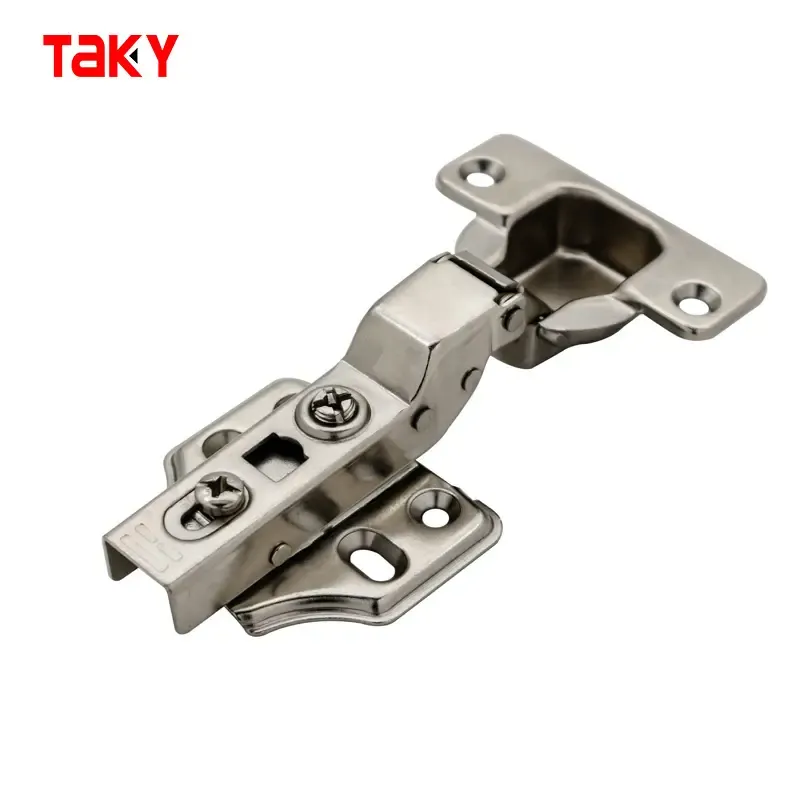Cupboard Door Hinge are essential for maintaining a neat and functional kitchen, but over time, they might start to sag, misalign, or fail to close properly. Fortunately, you don’t need to call a professional to fix this. Modern cupboard hinges are designed to be adjustable, making it easy to align your doors for a polished look.
Here’s a step-by-step guide on how to adjust cupboard door hinges:
Understanding Cupboard Door Hinges
Most modern cupboards use European-style concealed hinges. These hinges are designed with three main adjustments:
- Side-to-side (horizontal) - Aligns the door’s position side to side.
- Up-and-down (vertical) - Adjusts the door height to match neighboring doors.
- In-and-out (depth) - Ensures the door closes flush with the cupboard frame.
Each adjustment is controlled by screws that you can tweak with a screwdriver.
Tools You’ll Need
- A Phillips or flat-head screwdriver (depending on your hinge type).
- A spirit level (optional) to check alignment.
- A flashlight for better visibility inside dark cupboards.
Step-by-Step Guide to Adjust Cupboard Hinges
1. Assess the Problem
Open and close the door to determine the issue.
- Does it hang too low or too high? → Vertical adjustment.
- Does it scrape against another door or frame? → Side-to-side adjustment.
- Does it protrude or feel misaligned when closed? → Depth adjustment
2. Locate the Adjustment Screws
Most hinges have two or three adjustment screws:
- Horizontal screw: Adjusts the door left or right.
- Vertical screw: Moves the door up or down.
- Depth screw: Pushes the door closer or further from the cabinet frame.
3. Make Horizontal Adjustments
- Turn the horizontal screw clockwise to move the door closer to the hinge side.
- Turn it counterclockwise to move it away.
- Adjust gradually and check the alignment after each turn.
4. Adjust Vertical Alignment
- Loosen the screws that hold the hinge to the cupboard frame.
- Move the door up or down as needed, then tighten the screws to secure it.
5. Fix Depth Misalignment
- Use the depth screw to push the door inward (flush with the frame) or outward.
- Test by closing the door to see if it sits flat against the cupboard.
Tips for Perfect Adjustment
- Work in pairs: If the cupboard has two hinges, adjust both to ensure smooth alignment.
- Tighten screws firmly: Loose screws can cause the door to shift over time.
- Check with a level: Use a spirit level to ensure the door is perfectly straight.
When to Replace Hinges
If your cupboard door still doesn’t align after adjustment, the hinge may be worn out. Look for:
- Broken or bent hinge arms.
- Loose or stripped screw holes.
- Rust or corrosion.
Replacing the hinge is a straightforward process and can instantly restore functionality.
Conclusion
Yes, you absolutely can adjust cupboard door hinges! With a screwdriver and a little patience, you can fix alignment issues and ensure your kitchen looks flawless. Regular maintenance, like tightening loose screws, will keep your cupboard doors in top shape for years to come.
Have you tried adjusting your cupboard door hinges? Share your experience or tips in the comments below!





